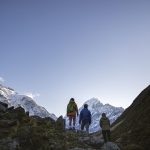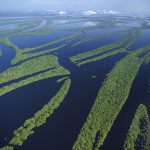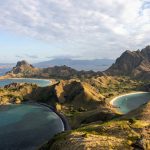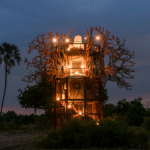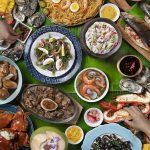Cuba has been a forbidden fruit for Americans for years, and with the recent loosening of travel restrictions, demand for the predominately untouched island continues to soar. Join Kelley Ferro, travel expert, video journalist and contributor to Tripfilms.com, on her search to discover the real Cuba and experience the Cuban passion for life. With the help of USTOA Associate Member Cuba Travel Services, Kelley explored Havana, met local artists and students, savored fresh and local dishes, and drove around in a legendary 1950’s Thunderbird.
Enjoy the Art & Architecture in Cuba
Havana’s Old City Center is the most popular spot to visit for good reason. History is found around every corner from its capitol building and oldest churches to its picture perfect fortress. USTOA’s Associate Member Cuba Travel Services exposes travel expert and video journalist Kelley Ferro to Cuba’s vibrant art scene, rich history, and the ever-evolving architecture.
Posted in:
